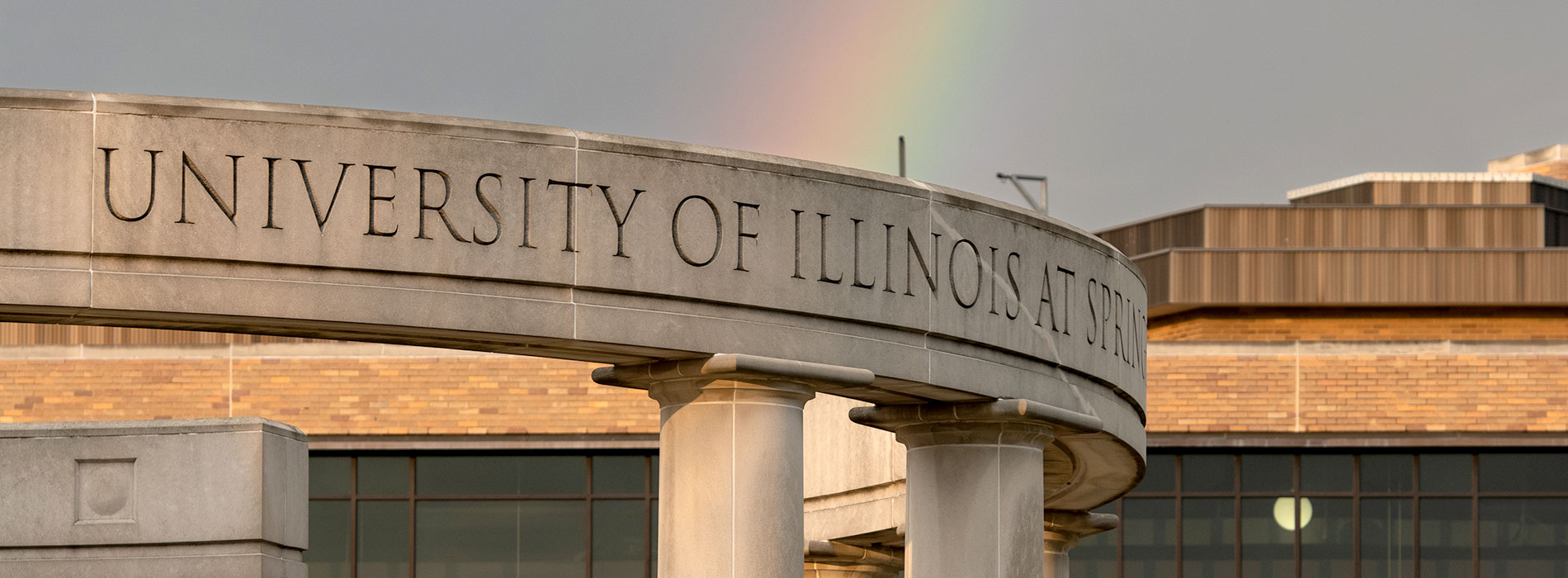Peer Editing / Review is an evaluative understanding level activity in which student judge the accuracy, credibility, value, etc. of the work of other students.
Appropriate Content Areas
All. Appropriate at all times, but generally past the mid point of a course when the students have more content understanding. Less common in laboratory courses involving primarily group work already.
Goals and Objectives
The goals of peer editing are to develop the evaluative knowledge over a given topic and a given mode of expression.
Sample objectives include:
After completing peer editing / review, students will:
- gain understanding of various concepts outlined in the reports of other students
- demonstrate evaluative level understanding of given concepts
- provide critical and constructive review of other’s work
as determined by successfully attending to 80% of the requirements.
Prerequisites
- None other than an advanced understanding.
Materials and Resources
What needs to be prepared in advance by the teacher? Some manner of materials sharing is necessary for students to gain access to each others work.
What does the student need to bring to the lesson? A constructive viewpoint.
Guiding Questions for this Lesson
How well can the students evaluate each others work and provide constructive comments in an engaging manner that demonstrates understanding at various levels?
Lesson Outline and Procedure
- The first step in a peer review process is to complete some form of assignment. This can be anything from answering of discussion questions to literature reviews to experimental protocols.
- Students share work with 1 to 3 other students.
- Students provide peer feedback and review of the other student’s work. This review can include editing the content for improvements. This feedback can be separate from the original work or appended using a track changes feature.
- The instructor then comments on the feedback provided. Usually, both the original work and the peer review and editing are all evaluated.
Learning Activities and Assessments
- The peer review can include completion of a form from which students can be assessed or scored to some extent in addition to individual grading of the work by the instructor.
- The peer review itself if often not scored but is rather used to help score another assignment. However, the instructor should provide some points for effectiveness and constructiveness of the reviews submitted by students for other students’ works.
Teaching Strategies and Highlights
What are some tips to help the lesson run smoothly?
- To engage the students, a topic for the activity must be chosen that will ignite and maintain their interest.
- To allow for students to gain thorough understanding of the curriculum, the peer reviews should be groups so that in doing the reviewed work and the reviewing of others’ works, each student is exposed to as many topics as possible.
Accommodations
- Some students with language or reading difficulties may need additional time for the review.
Timeline
How much time would a typical online student require to complete such a lesson? This will depend on the full nature of the activity. A typical review will take the amount of time needed to view/read a presentation/article plus about 15 minutes or more to prepare a review.
Learning Connections
What connections to other topics exist within the lesson? This will depend on the scaffolding of the activity. In general, students can be assigned to review topics that allow for them to both present their own topic and review the topics of other students so that each student is engaged in work across the curriculum.
Ideas for Lesson Evaluation and Teacher Reflection
How did the students like the lesson? End of semester evaluations should ask about the usefulness and learning accomplished through such activities. Attention should be paid to the amount of feedback from peers that was truly constructive.
Additional questions to ask include: How was student learning verified?
Useful References
- Dawson, M. (n.d.). Peer editing guide. Richmond, VA: University of Virginia’s Writing Center. Retrieved April 25, 2007, from http://writing2.richmond.edu/writing/wweb/peeredit.html
- Literally hundreds of peer editing checklists can be found by a Web search.
